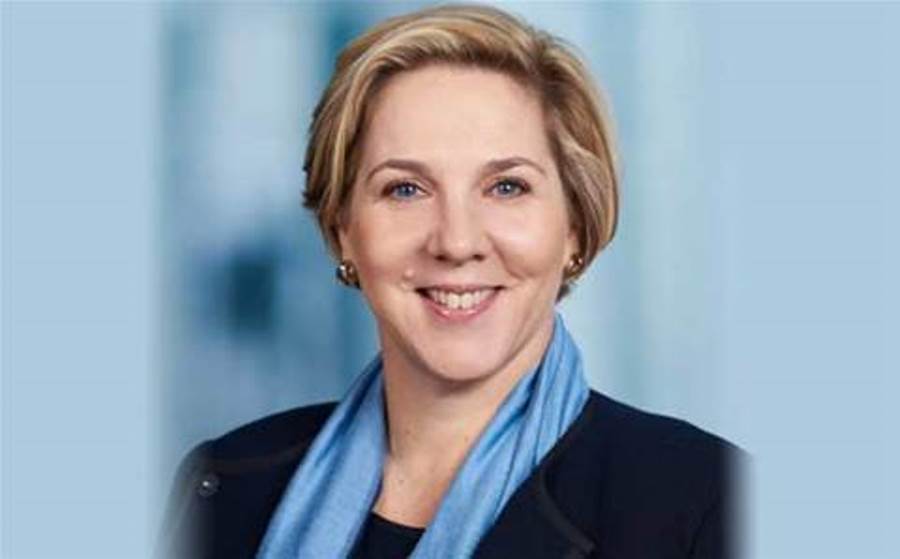Telstra has announced its 5G rollout plans for 2019 and beyond at the Mobile World Congress (MWC) 2018 that is currently underway in Barcelona. As the first 5G capable handsets hit the market in 2019, Telstra will be fully prepared to offer the next generation mobile service by initially offering 5G coverage in inner urban areas and progressively expanding 5G coverage over time.
Telstra’s announcement of its 5G rollout plans now brings it into alignment with similar announcements made by Optus and Vodafone Hutchison in recent weeks.
The hype surrounding 5G is reaching new heights at the MWC 2018 as it is now less than one year before 5G becomes a reality.

Key equipment vendors are working towards the 2019 release of 5G systems that will start the next round of mobile cellular rollouts around Australia.
Telstra is working with Ericsson, Qualcomm and Intel for its 5G solutions. Optus and Vodafone Hutchison have partnered with Huawei, however, the US government has recently reiterated its national security advice to the Australian government that the Chinese telecommunications vendor should not be used.
As with previous mobile cellular rollouts, we will see the co-existence of 4G and 5G for up to a decade in some areas. Telstra has not announced whether it will use 5G or the cheaper 4G to replace 3G in areas where it is the only technology provider.
Telstra’s chief operating officer Robyn Denholm told MWC delegates that “5G will not operate as a standalone technology, at least not for most early use cases. So the quality of the underlying 4G service and how this integrates with 5G will determine the overall mobile experience. This will enable the rapid deployment of new 5G speeds enabled by the underlying strength of the existing network.”
Telstra used the opportunity at MWC 2018 to announce the deployment of LTE Broadcast to support Samsung’s Galaxy S8 and S9 phones for AFL viewers. LTE Broadcast is a media streaming technology that will permit Telstra to “send that content via a single stream of data to many mobile users in the one area at once (i.e. one to many).”
“In this way, we can provide a better quality and more seamless video and audio experience for customers who are all trying to do the same thing at once, even when they are in high traffic areas like in a CBD location, shopping centres, and hospitals or actually at match itself.”
Samsung phones now include technology that will permit the streamed video that it receives to be cast to a nearby television.
Yet another problem for NBN Co, as mobile operators improve the quality and reliability of streamed media, there will be more customers wondering if a mobile service is all they need.
Will 5G affect NBN Co’s bottom line?
Speaking at the Vodafone Hutchison’s recent financial results announcement, CEO Inaki Berroeta said that “there has been a lot of talk around 5G with some of the other players saying that they are using the technology, but what they are doing is use 5G spectrum to do fixed wireless. This is not 5G; fixed wireless is already available across existing technologies.”
“We believe 5G is a mobile solution and in the home the NBN is ultimately going to prevail.”
It should be noted that Mr Berroeta carefully qualified the statement because it would be highly speculative to argue that consumers with a poor quality, unreliable and low speed FTTN connection would not opt to move to mobile cellular, especially if what is on offer in early 2020 is about the same cost for faster gigabit connection speeds and includes 200 gigabytes of data per month.
When NBN Co moves back to FTTP and provides 93 per cent of premises with a reliable, high speed broadband connection, we will begin to see the NBN and 5G complimenting each other as they should. Until this time we should expect the telecommunications market to remain in a state of chaos.
Telstra has recently increased calls for the next mobile cellular spectrum auction to be brought forward, possibly indicating the company is ready to make its next spectrum purchase and that it wants to know what spectrum it will have available for its 5G network before the rollout begins next year.
Calls by all of the mobile operators for the government to provide NBN Co with alternate spectrum for its fixed wireless network have increased recently as this spectrum is now one of the internationally standardised 5G spectrum bands. NBN Co should be looking to offer wholesale 5G services over this spectrum.
Who is responsible for the 5G timeline?
It is often forgotten that 5G is a marketing term used to identify the collection of technologies that form a generation of mobile cellular systems and as we’ve seen with previous revisions of mobile cellular systems, updates continue to be rolled out.
The body that brings together seven telecommunications standards development bodies is known as the 3rd Generation Partnership Project (3GPP) and it has become the focal point for mobile cellular system specification beyond 3G.
3GPP standards identify technical challenges and mobile cellular system evolution that is measured by the milestones achieved in particular releases.
“New features are ’functionality frozen’ and are ready for implementation when a Release is completed. 3GPP works on a number of Releases in parallel, starting future work well in advance of the completion of the current Release. Although this adds some complexity to the work of the groups, such a way of working ensures that progress is continuous and stable.”
Dr Mark Gregory is an Associate Professor in the School of Engineering at RMIT University and is the Managing Editor of the Australian Journal for Telecommunications and the Digital Economy.
Do you know more? Contact James Riley via Email.

